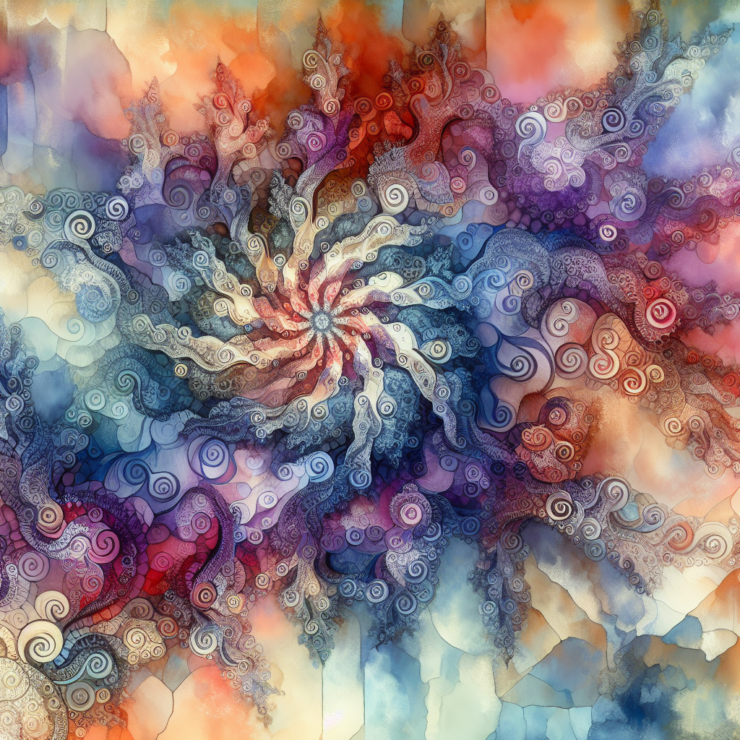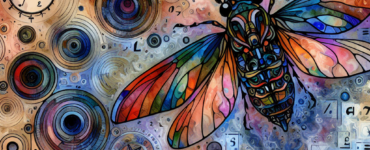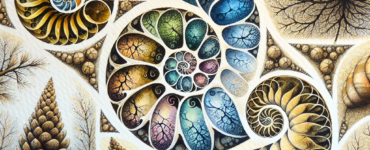Ever wonder why snowflakes have such incredible symmetrical patterns, or how trees grow into their complex forms? The answer lies in the fascinating world of fractals, mathematics, and nature’s inherent beauty. This intriguing blend shapes a lot of the natural wonders around us, offering an endless source of inspiration and amazement. But what exactly are fractals, and how do they manifest in nature?
Fractals are patterns that repeat at different scales, creating shapes with intricate detail and complexity. This concept was popularized by the mathematician Benoit Mandelbrot in the 1970s, who showed that fractals could describe many irregular and fragmented shapes in nature. Unlike traditional geometric shapes, fractals can have an infinite level of detail and self-similarity. For instance, a coastline viewed from afar and up close will reveal similar jaggedness, no matter the scale at which you observe it. This inherent repetitiveness on different levels is a hallmark of fractal patterns1.
The presence of fractals goes beyond mere observation; they have significant applications in various fields. Scientists and engineers use fractals to model structures in nature, design efficient communication networks, and even in medical imaging techniques. The ability of fractals to describe the chaotic and complex shapes found in nature makes them invaluable for understanding biological structures, weather patterns, and even galaxies2.
Another fascinating aspect of fractals is their visual appeal and the way they captivate the imagination. The famous Mandelbrot set, a simple equation that creates infinitely complex patterns, is a prime example of how mathematics can reveal stunning patterns that seem almost magical. Fractals remind us that the universe is filled with patterns, seamlessly blending art and science in ways that continue to inspire curiosity and wonder3.
In understanding fractals, we begin to see the world differently. They teach us that within what appears to be chaos, there is order, beauty, and simplicity.((https://fractalfoundation.org/resources/what-are-fractals/)) This revelation not only deepens our appreciation for nature but also encourages us to explore the mathematical foundations that underlie the world around us. Fractals, thus, are not just mathematical curiosities; they are nature’s way of reminding us about the interconnectedness and inherent beauty of the universe.
Embark on your exploration of fractals, whether through mathematics, art, or simply observing nature. You’ll find that the more you learn, the more there is to amaze you.((https://courses.lumenlearning.com/wmopen-mathforliberalarts/chapter/introduction-fractal-basics/)) In the labyrinth of fractal patterns, every turn reveals a new wonder, urging us to keep exploring and marveling at the endless complexities of the world. Remember, the journey into the fractal world is an infinite adventure where beauty and complexity intertwine, offering boundless inspiration for those willing to look.





































Add comment